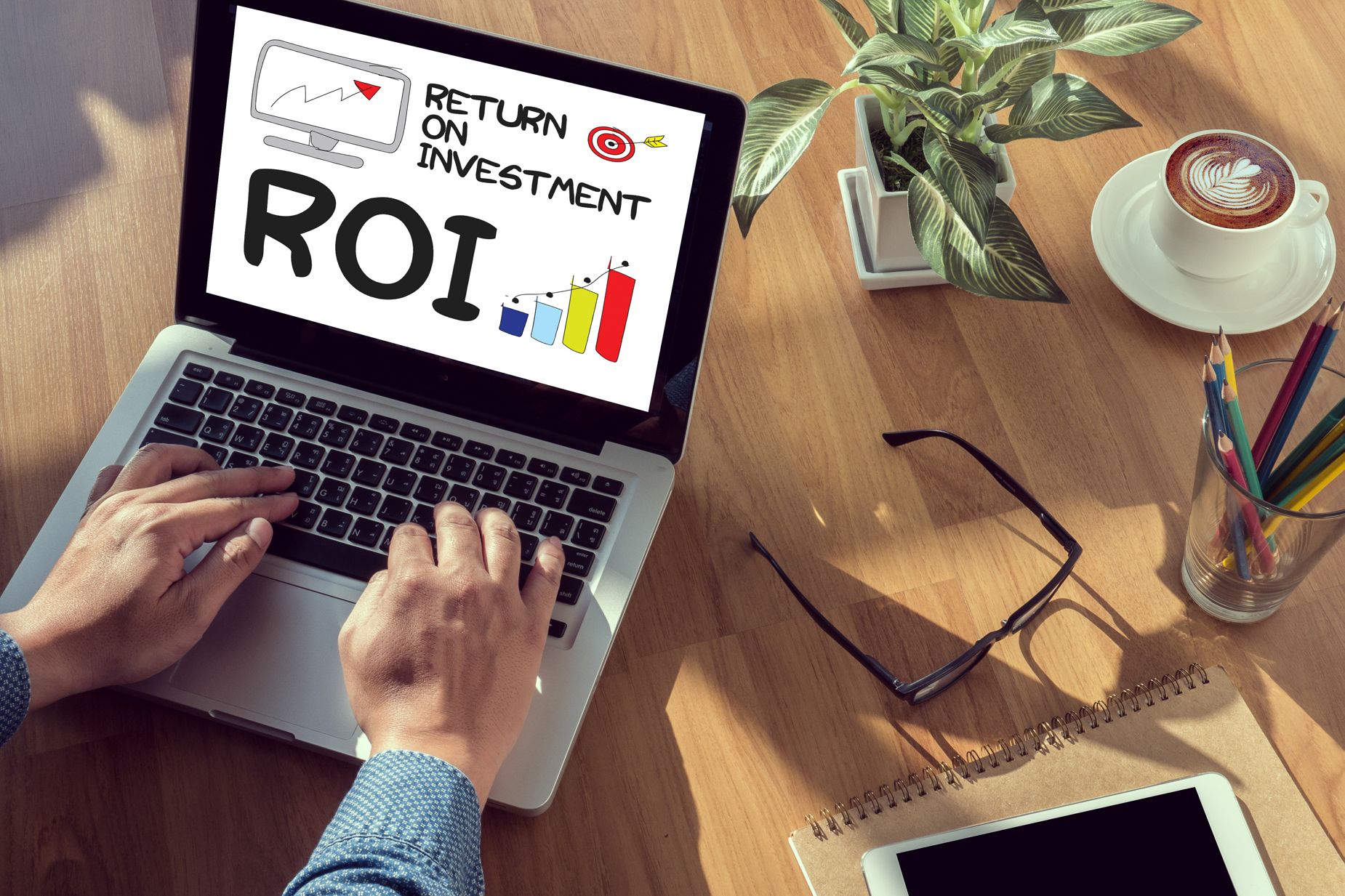Hang around a business person long enough, and you are bound to hear the term ROI at least once. But what is it really? Is it money? How is it measured? And why is it important?
If you haven’t guessed already, ROI stands for Return on Investment. That definition already makes it clear why business people spend most of their time preoccupied about it.
But ROI goes beyond money, and there is no better way to understand this than when you are talking about a website.
Even if you run an eCommerce website that deals strictly in sales, the ROI cannot and should not be restricted solely to the amount of money you spend in developing your website and number of sales made.
Think about it!
Your website is about so much more than numbers: time, energy, creativity, and hard work are just a few of the many other resources that go into the fabric of your website—and these cannot be easily defined in terms of numbers.
Let’s say you don’t agree, and try to save some money by doing your website design yourself, rather than handing over the money to a professional web designer.
You spend hours searching free templates and playing around with some of the drag and drop features provided by DIY website providers, only to end up with a website that looks so much worse than what your competitors have put up, with none of the functionalities which you know your audience needs.
You decide to start over.
True, you may be saving money, but how much is your time worth?
Let’s say you make a nice profit at the end of each month, but you have to spend literally all your time fretting over details of your website to the extent that you simply cannot afford to spend any time with your family.
Yes, you’re making money, but what’s the price tag on that lost time with the kids?
I’m sure you can make it up the following month…you just have to work even harder so that you can free up some time.
These are just two examples out of many that illustrate how interacting with your website covers a host of things that cannot be reduced to a mere number.
Therefore instead of limiting it to your bank account, your website ROI should properly be defined as all the satisfaction you get for your efforts put in.
These are a few things which your website should be doing if it’s going to deliver the ROI you deserve:
- Information: Your website should have all relevant information about you and your organisation, showing why potential customers should choose you over your competition. Your website should be your number 1 sales tool, 24/7.
Easy-to-fill Contact Form: Your website should have more than your business number. A contact form allows respondents to get to you via other channels like email at a time that is convenient for them. - Payment Options: Consider doing your financial transactions or sales over your website. More and more people are willing to make deposits and order online than ever before.
- Lead Generation: A good way to measure your ROI is to through lead generation. If you spend $X on your website, and that resulted in more than twice that amount in sales, then you know your ROI is soaring…at least in financial terms.
- Analytics: Many tools like Google Analytics and others exist to help you measure the effectiveness of your website’s outreach efforts. Analytics help you know how many people are coming to your website, and what you have to improve upon to make your website more effective.
- Calendar: Maybe your business is one that requires bookings and reservations. If this is the case, your website should have an online calendar so that visitors can clearly see if their preferred date is available. Consider making reservations over your website as well to streamline the booking process.
Implement these over your website and, apart from more money in the bank, you should be finding business easier to do, business relationships easier to forge, and free time away from your business more available. In other words, more return on your investment.

